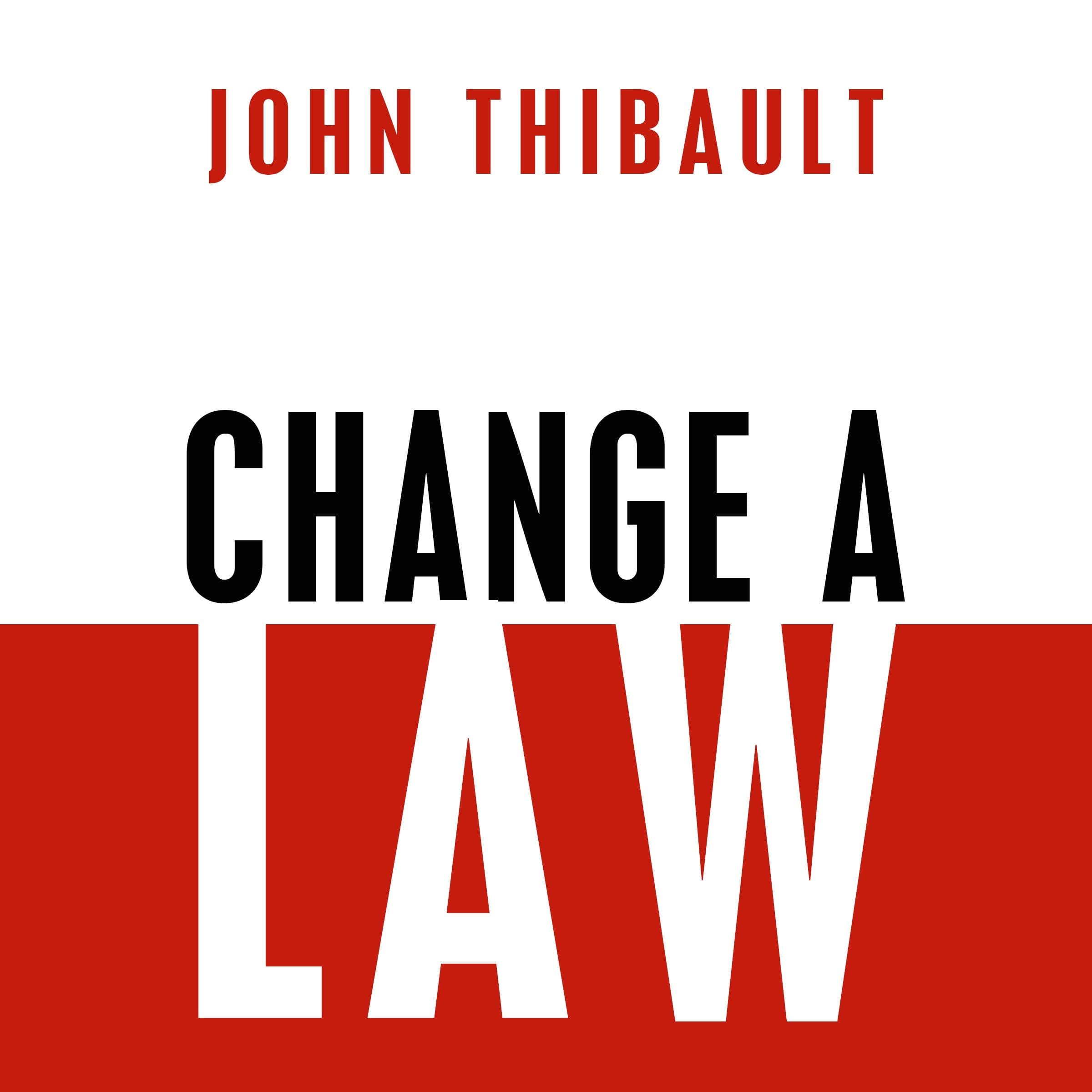Miscellaneous
This podcast is about how to change a law using iLobby. It is based on the book How to Change a Law. We want to empower voters to change laws so that they can improve their community, influence their country and impact the world. -- Transcript (Partial) -- Introduction Structurally speaking, debate has five main parts: 1. Summary 2. Position 3. Arguments 4. Rebuttals 5. Conclusion Most debates also have rules about its resources. These serve to act as constraints. They are: • Time • Votes The purpose of debate is to come to a decision about a complex issue or topic. This is important because once you reach a decision you're free to take action. So debate is really a decision process tool. Let me break down the five main parts. Summary The summary is like an opening statement or thesis. It is best if it is open-ended and posed as a question. In the summary you pose a question often starting with the word "Should... " i.e. should the US be energy independent? Should Congress audit the Federal Reserve? Should we ban assault weapons? Should bad teachers be fired from our public schools? You are not trying to build an argument to support your case just yet. At this stage, you're simply asking a question. The summary usually includes some background or facts to set out the framework for the audience. Position The position is simple. You either support the thesis (summary) or you oppose it. You are either for it or against it. Once you know your position, then it is easy to argue. Generally you will argue on one side of the issue or the other. Arguments Because people often have not made up their minds, you may find when you speak with someone they argue out of both sides of their mouth. This happens because they either don't know their position or don't have the courage of their convictions. Depending on what side of the fence you're on, you select one side of an issue and you advance arguments that support your position. Arguments are intended to convince your audience that you are right, that they should adopt your position and in that way you gain support for your main thesis. Arguing is not yelling. It's persuading. It's not as complicated as it sounds because we do it every day. We just don't realize it and we don't do it well.

